Antibiotic-resistant pathogens, or superbugs, are a result of the unsupervised and unscientific abuse of antibiotics. Reports suggest that India and a few other Asian countries are hotspots of the generation of superbugs due to the lack of control imposed on the people of these countries when it comes to the use of general antibiotics. These superbugs evolve to become increasingly difficult to tackle and hence, can be potentially lethal.
Several diagnostic companies in our country conduct extensive research on the diagnosis and drug development against antibiotic-resistant pathogens. One such company, known as Bugworks, targets drug-resistant Gram-negative bacteria. Attacking Gram-negative bacteria is a challenge due to the presence of an additional outer membrane, which obstructs the entry of the drug. Now imagine if these Gram-negative bacteria become drug resistant. This would mean that the few existing drugs which evade the pathogen defences are also unable to affect the organism. Bugworks tackles this very problem.
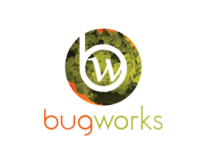
They have identified some of the key disease-causing organisms such as Pseudomonas aeruginosa, Acinetobacter baumannii, Klebsiella pneumoniae, Escherichia coli, Enterobacter spp. etc. The main research work in the company targets the permeability barriers in the organism which prevent drug entry and the multiple efflux pumps, which throw out the drugs which have managed to enter the bacteria. Bugworks uses a technology called ELUDETM (Efflux avoidance proGram), within which, they develop drugs which escape the efflux mechanism of the bacteria. With this technology, Bugworks hopes to make advancements in the treatment of Pneumonia, sepsis, urinary tract infections, post-surgical intra-abdominal infections, burn injury infections etc.
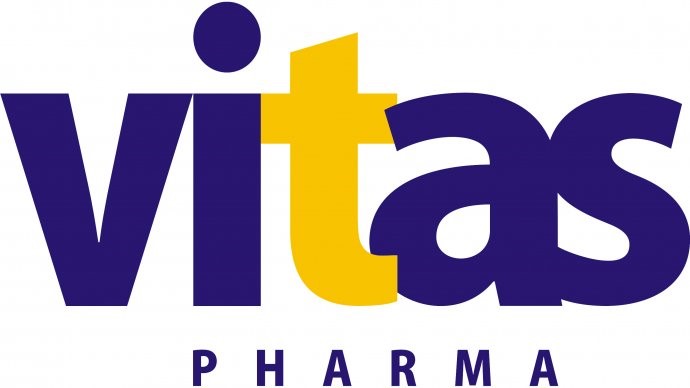
Another company conducting similar studies is Vitas Pharma. This company primarily focuses on three areas – Gram-negative infections, methicillin-resistant Staphylococcus aureus infections (MRSA) and Acinetobacter infections. Vitas Pharma develops and screens novel compounds which target drug-resistant bacteria while maintaining a low propensity for disease resistance. The company uses a novel platform called TARNS (Tackling Antimicrobial Resistance through Novel Scaffolds) to produce drugs with both in vitro and in vivo activity.
It is important to note that the ectolysin does not enter the cell and hence is active even against quiescent or inactive bacteria, which may be part of a biofilm
 GangaGen creates novel therapeutic proteins against antibiotic-resistant microbial strains such as MRSA. The company focusses its research on the development of novel proteins known as ectolysins. Ectolysins are microbe-specific proteins which act very rapidly and lyse the bacteria. Due to the quick action of these proteins, there is a very low chance for microbes to develop resistance. The company’s lead ectolysin P128 has been found to combat MRSA and coagulase negative Staphylococci. P128 is the lead ectolysin manufactured by the company. This novel therapeutic drug is derived from bacteriophage. It acts on the target cell using a specific receptor-mediated process and acts as an endopeptidase, hence, cleaving the peptide linkage in the cell wall of the bacteria. This ultimately leads to the death of the microbe. It is important to note that the ectolysin does not enter the cell and hence is active even against quiescent or inactive bacteria, which may be part of a biofilm. The company is also trying to develop phage technology to treat antibiotic-resistant bacteria. Naturally, bacteriophage attacks bacterial cells and GangaGen is hoping to harness this property to create an alternative to traditional antibiotics.
GangaGen creates novel therapeutic proteins against antibiotic-resistant microbial strains such as MRSA. The company focusses its research on the development of novel proteins known as ectolysins. Ectolysins are microbe-specific proteins which act very rapidly and lyse the bacteria. Due to the quick action of these proteins, there is a very low chance for microbes to develop resistance. The company’s lead ectolysin P128 has been found to combat MRSA and coagulase negative Staphylococci. P128 is the lead ectolysin manufactured by the company. This novel therapeutic drug is derived from bacteriophage. It acts on the target cell using a specific receptor-mediated process and acts as an endopeptidase, hence, cleaving the peptide linkage in the cell wall of the bacteria. This ultimately leads to the death of the microbe. It is important to note that the ectolysin does not enter the cell and hence is active even against quiescent or inactive bacteria, which may be part of a biofilm. The company is also trying to develop phage technology to treat antibiotic-resistant bacteria. Naturally, bacteriophage attacks bacterial cells and GangaGen is hoping to harness this property to create an alternative to traditional antibiotics.

The Wockhardt research team is also contributing to the production of therapeutic drugs against antibiotic-resistant bacteria. One of the novel drugs created by Wockhardt is the WCK 5222. It is a combination of Zidebactam and Cefepime and has been found to be effective against the carbapenem-resistant Acinetobacter, multi-drug resistant Enterobacteriaceae etc. This drug overcomes the mechanisms of drug resistance by introducing a novel beta-lactam enhancer mechanism. This has been found to be effective against Gram-negative bacteria. GlaxoSmithKline is currently working on several potential drugs against superbugs and some of these drugs are going through the clinical trials phase. Two such drugs include the GSK1322322, which uses a novel mechanism that targets the enzyme peptide deformylase. The other drug titled GSK2251052 has been found to target the leucyl-tRNA synthetase. This drug is a boron-based antibacterial drug and is being tested against Gram-negative bacteria. Venus Remedies is another company involved in research in the development of drugs against superbugs. The company has developed antibiotic adjuvants. These compounds act in conjunction with antibiotics and help overcome microbial resistance. They are broadly classified into Class 1 and Class 2 antibiotic resistance breakers. Class 1 ARBs aid in reducing the minimum inhibitory concentration of existing antibiotics. Class 2 ARBs act on the defence mechanisms of the host. These ARBs can be used in conjunction with antibiotics like cephalosporins, polymyxins, tetracyclines and aminoglycosides. Thus, these novel therapeutic agents help combat infections by, E. coli, P. aeruginosa and A. baumannii.
The threat imposed by antibiotic-resistant bacteria is rising and the need to find new drugs which are a more permanent solution is the need of the hour. Pharmaceutical and biological research agencies must join hands towards the fight against superbugs before it is too late.



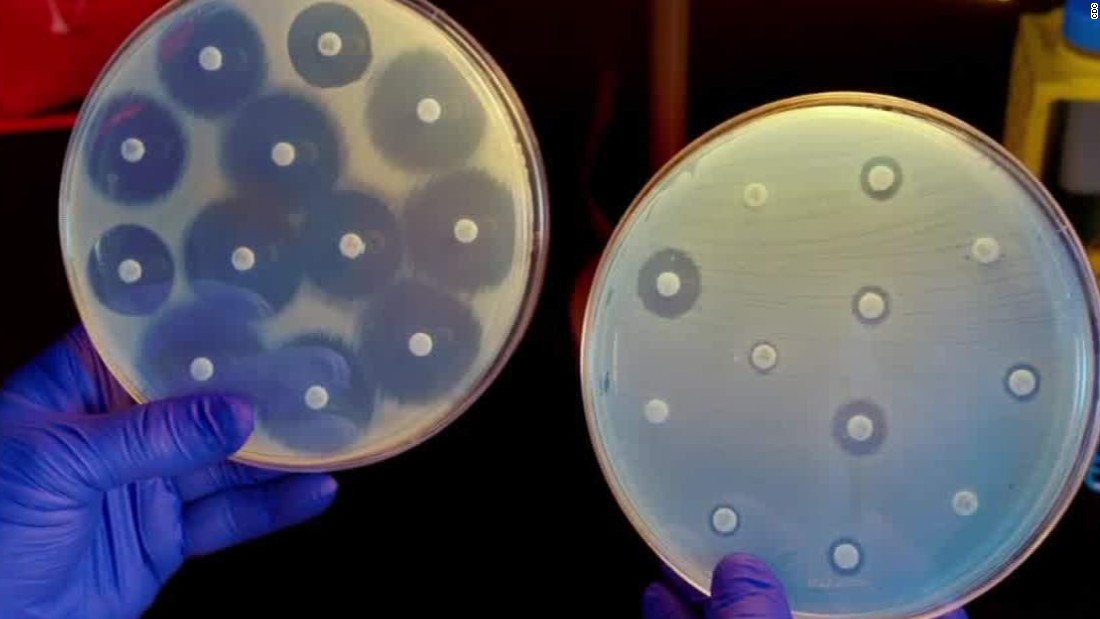
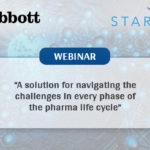

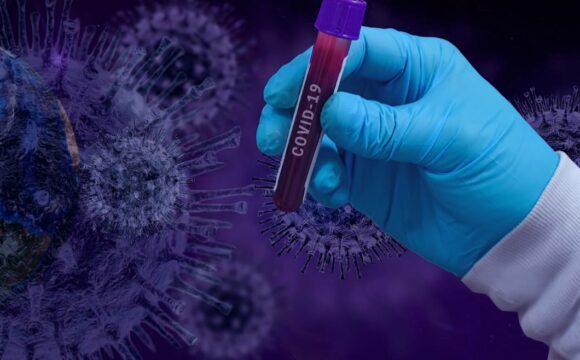


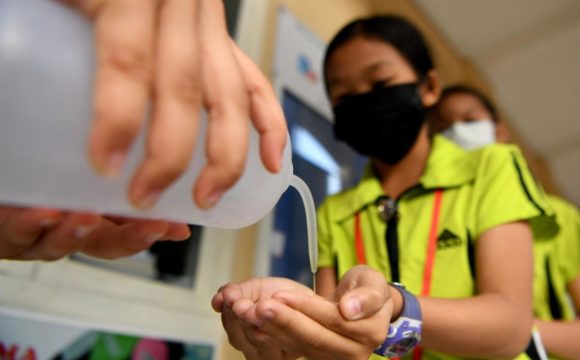
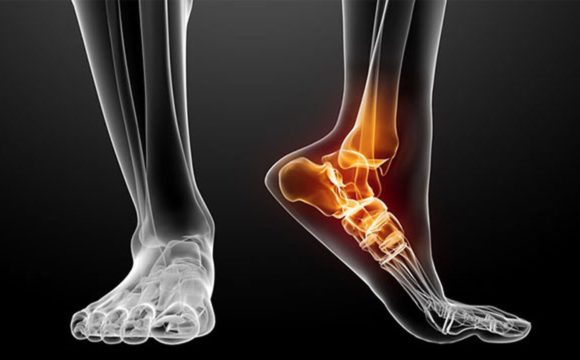
Thanks for sharing the above information on superbugs.